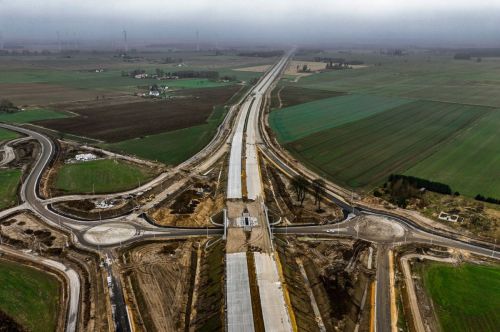The report ‘Where Do European Property Values Go From Here?’ presents an economic outlook for Europe that has turned more dismal with downside risks increasing. Signs of the market reacting to a changing economic outlook and elevated levels of uncertainty are beginning to emerge. Uncertainty surrounding inflation, persistent labour shortages, the Russian invasion of Ukraine, and the risk of an ECB policy error are some of the challenges investors are having to navigate. To help you think through the implications of the shifting macro environment, Cushman & Wakefield has modelled how property values across sectors will perform under four unique economic scenarios across Europe.
“For each scenario, we model and present forecasted values for the following: net operating income (NOI), yields, total returns, and thus property values for the office, industrial and retail sectors. Uncertainty surrounding inflation, persistent labour shortages, the Russian invasion of Uk































































